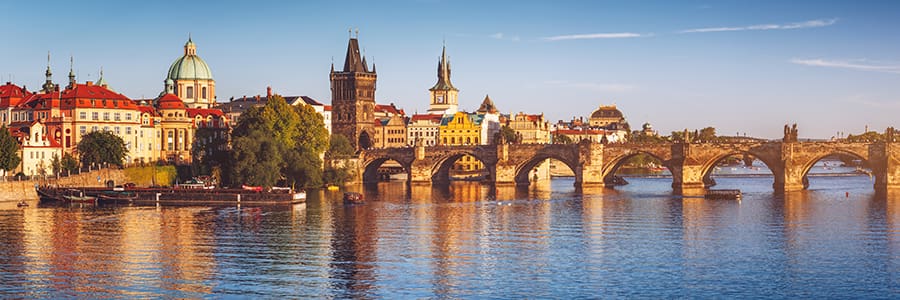Built between the 11th and 18th centuries, the Old Town, the Lesser Town and the New Town of Prague, Czech Republic, speak to the great architectural and cultural influence enjoyed by this city ever since the Middle Ages. There are numerous notable monuments, such as Hradcani Castle, St Vitus Cathedral, Charles Bridge and various churches and palaces, mostly built in the 14th century under the Holy Roman Emperor, Charles IV. Visit Prague either on the embarkation or disembarkation southern end of your Elbe River cruise.


